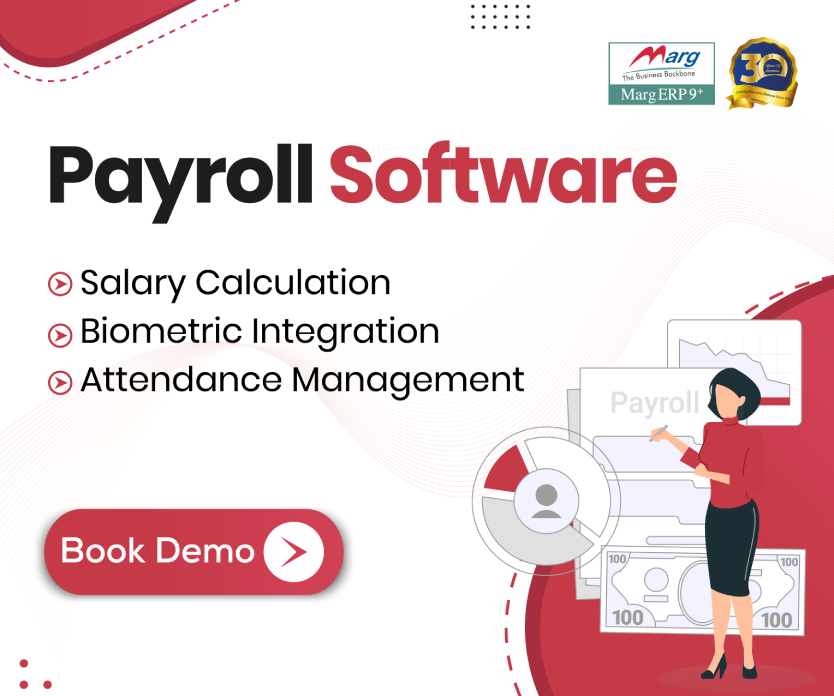All About Leave Types
We’ve come a long way from employees having no paid time off to have several sorts of paid breaks and paid public holidays in less than a century.
Every country has labor regulations that allow employees to take a variety of leaves for various reasons. Employers must know all the rules governing paid leave in order to comply with the law.
Also, many organizations that are moving forward now offer their workers a variety of extra leave options as a perk.
The many forms of leave that a business must provide to its employees are discussed in this article.
10 Different Types of Office Leave in India
1. Casual Leave (CL)
The world of work is constantly changing, and people are finding new ways to do their job with more efficiency and less stress. One way that people are achieving this is by the use of casual leave.
Casual Leave (CL) is the type of leave given to employees who no longer qualify for other types of leave. It’s usually used when an employee needs to take care of personal matters without these matters affecting their job performance.
Casual Leave is given at the request of an employee, and once approved, the CL can be used for a maximum of 3 days per year. It can also be taken in advance for up to 12 months if necessary.
In this case, an employee was granted a CL from the company during a time when he was going through some personal issues and his wife had just passed away. He took this time off to go back home and help with some family businesses and then return to work afterward.
2. Sick Leave (SL)
Sick leave is a type of leave that employees can use when they are unable to work due to illness or injury. The most common types of sick leave are compensatory sick leave and disability benefits. Compensatory sick leave is used by employees who have been out of work for more than three consecutive days because of illness or injury.
Disability benefits are used by employees with a certain condition that prevents them from working. Sick leave is a type of leave that allows employees to take time off from their job to recover from a chronic or long-term illness or condition.
Sick Leave gives employees time to recover from work-related injuries and illnesses, giving them the opportunity to heal both physically and mentally before going back to work.
As hard as it may be for employers and coworkers, many employers believe that it is best for employees who are sick or injured in the workplace because they are less likely to return if they have not had an opportunity for pre-recovery time.
Free Download Payroll Software
3. Privilege Leave (PL) or Earned Leave (EL)
The type of leave employees can take depends on the company’s culture. Privilege Leave is taken when an employee has a personal emergency that prevents him from attending to his work duties for a certain amount of time. The employee can take this leave without giving any notice to the employer, but he needs to make it up in a mutually agreed period.
Earned leave is taken when an employee wants to take a break or vacation due to health or religious reasons and they give their employers advance notice. They may also have accrued this leave type but need to use it in one block rather than take it on an ad-hoc basis, which means they should not be taking other types of leaves simultaneously.
4. Maternity Leave (ML)
Maternity leave is a period of paid leave granted to a woman after she has given birth. The duration of maternity leave varies from country to country, but most countries offer a minimum of 12 weeks of maternity leave.
Paid maternity leave is offered to pregnant women in order to allow them time to recover from childbirth and bond with the new baby. The purpose of the leave is not only for the mother’s benefit but also for her family and overall well-being.
As per WHO guidelines, the average time for breastfeeding is 6 months. Breastfeeding should be done during ML as it gives babies important nutrients that they need while providing mothers with relief from lactation (milk production). It also helps to bond between mother and baby and helps ensure better health outcomes for both. With the increasing number of women in the workforce, maternity leaves have become more common as well. In many countries, ML is mandatory and can also be for any other reason, such as illness or a personal emergency.
Maternity Leave (ML) benefits mothers and their children. It provides time to bond with their new-born and provides them time to prepare for their parental roles in society.
5. Marriage Leave
Marriage Leave is a type of leave that provides employees with time off from work to spend time with their spouse and their new family. This period of time is usually unpaid, but it can be used for vacation purposes. Marriage Leave allows employees to take care of their own personal needs and goals in order to better the well-being of themselves and the people they love.
Marriage Leave has been around since the 1970s, but it has recently become controversial due to its being extended only to heterosexual couples. The case for marriage leave benefits being extended to all couples is that it reduces stress levels, which in turn leads to healthy lifestyles while also reducing absenteeism and turnover rates. Although it varies across states, countries, and religions, it generally lasts from three to six months after the death or termination of the marriage. In most countries, “surviving” spouses have the right to get money from the government during this time.
Marital leave is defined not by a specific number or duration but by the value it provides to both parties involved.
6. Paternity Leave
Paternity leave is a type of leave that is meant for fathers who are the primary caregivers of their children. Typically, maternity leave applies to mothers and may be offered to either parent. In some countries, paternity also extends to adoptive parents who adopt children younger than one-year-old.
Paternity leave has been in place in many countries since the beginning of the 20th century. This type of leave helps fathers meet their parental responsibilities as well as have time to bond with their new child.
In most countries, not all employees are entitled to paternity leave or maternity leave without pay. Paternity leave can be broadly divided into two types: One is the immediate leave that provides for the physical needs of the father and mother during this period, whereas the other type is unpaid paternity leave, which gives fathers time to bond with their babies before returning to work.
7. Birthday And Anniversary Leave
Who wouldn’t want a day off on their special day of birth and anniversary? Both birthday and anniversary leave are available to employees. You can use you off on your birthday, anniversary, or the day following.
Many businesses also allow employees to take a day off work the following workday if their birthday or anniversary occurs on a weekend or a public holiday.
You are also entitled to paid leave on your birthday and the day after it, in addition to your paid annual leave entitlement and public holidays. Moreover, the day’s leave cannot be taken at any other time.
8. Bereavement Leave
Bereavement leave is time-off for employees who are suffering from the death of a close relative or friend. This type of leave is given to employees who have worked for a company for at least six months and can be taken in blocks of up to five days over the course of a year.
The Employee’s Bill of Rights states that employers are required to give bereavement leave. This allows employees to take bereavement leaves during their work hours, not just when they are not working. However, there can be calculations done that determine whether an employer provides benefits such as bereavement leave in order to decide whether they offer it or not. Bereavement leave is a type of paid time off that most employers grant their employees in order to give them time to grieve after the death of a loved one, such as a spouse, child, or parent. The amount and duration of bereavement leave vary by country and are frequently determined by how close the employee was to the deceased.
Depending on how close they were to their loved ones, employees may be able to take bereavement leave for up to 12 weeks or 18 months.
9. Loss of Pay (LOP) / Leave Without Pay (LWP)
LOP and LWP are common forms of unpaid time off in the work scenario. These leaves come with some restrictions or limitations, as well as other types of leave that companies offer to employees.
LOP stands for Leave without Pay, which is mostly equivalent to the amount of money that an employee would have earned during a given year if they had worked a full year without any exceptions. LOP leaves are typically paid at the same rate of pay as the position or pay grade of the employee before they were taken off work as a result of their illness or injury. They can be paid as soon as they come back to work, but sometimes it takes some time for them to get back up to speed with their workload.
LWP leaves are typically paid at 0% of the base salary for up to 26 weeks and less than 50%. They cannot be used in conjunction with any other type of leave, such as sick or scheduled off time.
Free Download Payroll Software
10. Sabbatical Leaves
An organization provides you with multiple leaves and sabbatical leaves are one of them. Sabbatical means a break from work during which the person can pursue their interest, hobbies such as volunteering, traveling, writing, research, or other interests (or even rest).
The person is still working for the company at that period, but they are not required to complete their regular duties or show up for work. These sabbatical leaves are different from sick leave, vacation time, or parental leave.
The motto of sabbatical leave is pretty clear for employees: they get to focus on what they love outside of work while taking their minds off the pressures of their professions. They can also grow their professional and personal skill sets.
Additionally, employers gain in a variety of ways. For instance, workers feel revitalized and motivated to perform harder (and without the fear of employee burnout). Additionally, providing sabbaticals is a fantastic method to draw talent into the company.







Pretty good article. I just came across your site and wanted to say that I have really enjoyed reading your opinions. Any way I’ll be coming back and I hope you post again soon.